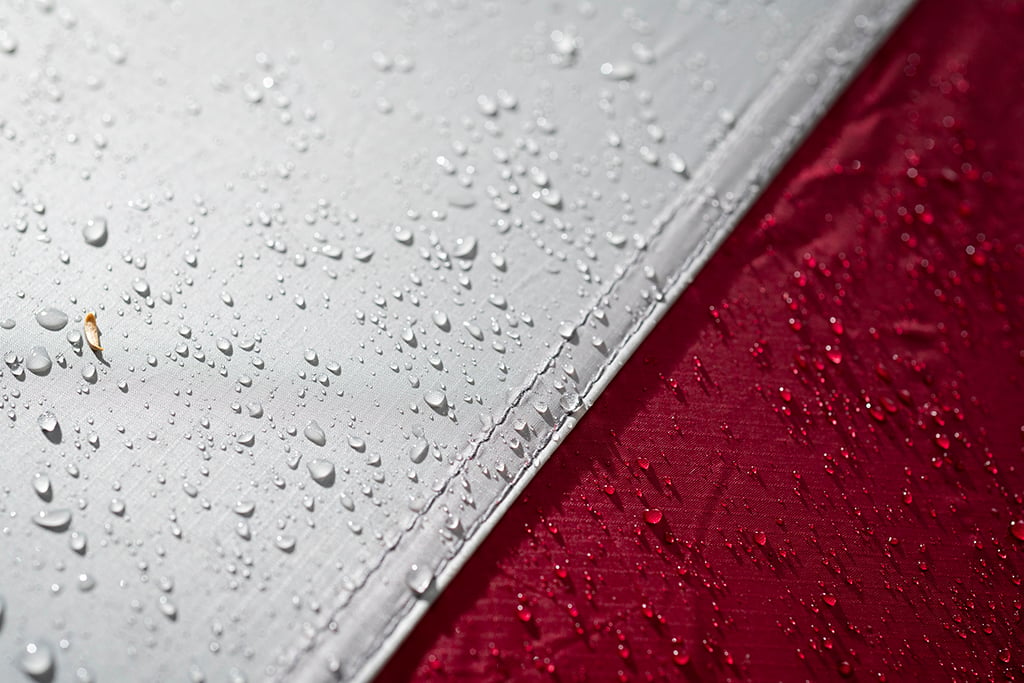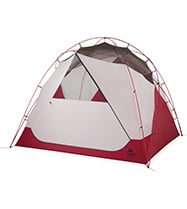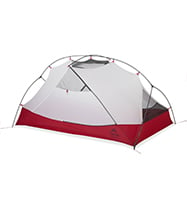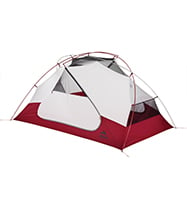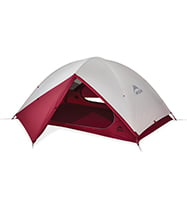How to Wash a Tent
Dirt and grime can take its toll on even the most durable tents. But with a little cleaning, you can keep your tent in good working order for years of backcountry adventures. As backpacking season gets into full swing, we asked Andy Coulter, an expert in MSR’s Repair Shop, for his advice on how to wash a tent. “I’ve spent probably too much time washing tents in our repair shop, experimenting with different soaps, detergents, cleaners,” he says. Here’s how to do it properly.
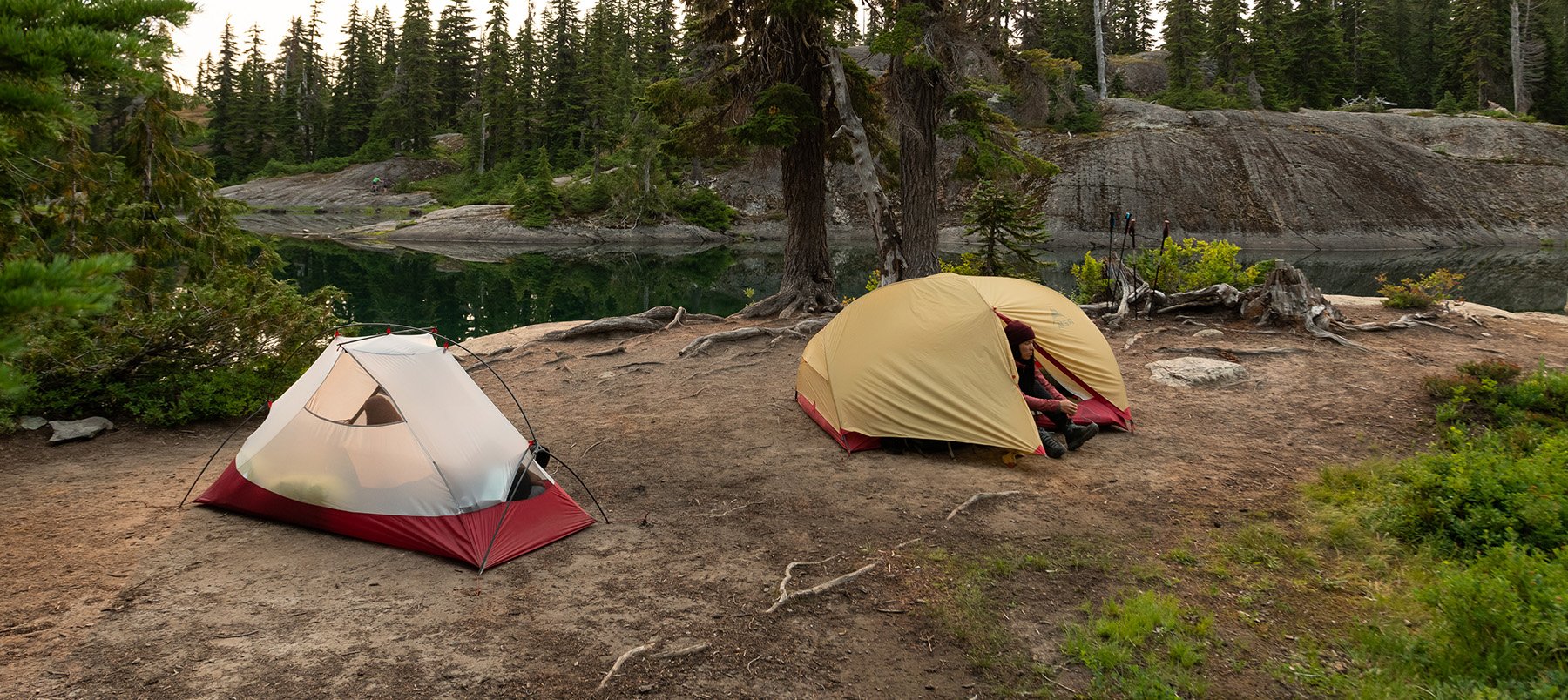
FIRST, WHEN TO WASH YOUR TENT:
It’s easy to store your gear away without a second look when you return from a trip. But the care you give it will return in dividends toward its longevity. Over time, dirt, smoke, sand and other natural elements can weaken a tent’s fabric and grate on its components, like zippers. Washing your tent breathes life back into it. A tent is a big gear investment, so the longer it lasts, the better for you. Andy says consider washing your tent when:
- It’s visually dirty: A little dust doesn’t warrant a wash after every trip, but if your tent looks particularly caked, or if you’ve allowed dirt to build up for a while, it’s time.
- Water does not readily bead up or the fabric wets out easily: Grime degrades DWR (Durable Water Repellent) and waterproof coatings; removing that dirt layer and revitalizing them is important.
- After camping at the ocean: Sand acts like micro-abrasives on fabrics Andy says. In addition, salty air corrodes zipper sliders and aluminum tent poles, and sand can prevent pole ferrules from inserting fully. “A good soak and rinse is ok, but ground–in sand needs soap to break the surface tension of the dirt,” Andy says.
- After prolonged exposure to campfire smoke: Smoke coats your tent in a layer of microparticles; do your tent well and remove them.
- After prolonged UV exposure: UV rays act like an oven, baking dirt into the fabric. There’s no escaping UV exposure, but keeping your tent clean helps prolong its life under the sun.
HOW TO WASH A TENT
Do not wash your tent in a washing machine. Instead, hand wash it in a bathtub to ensure a gentle cleaning. This also allows you to address dirt caught in stuff pockets and other crevices.
USE THE MOST NEUTRAL SOAP YOU CAN FIND—NOT WOOLITE®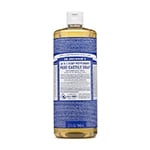
Choosing the right soap is critical—use the most neutral one you can find. “A lot of laundry detergents leave various residues, such as plant oils, fragrances, softening agents,” Andy says. “Many people recommend Woolite®, as it’s perceived as gentle. But it also has softening agents.”
Pure soap flakes affect tent fabrics and coatings the least and rinse clean. But they aren’t common anymore. Therefore Andy says: “I personally like Dr. Bronner’s Castile Liquid Soap and have had the best results using it.”
OR, USE A TECH WASH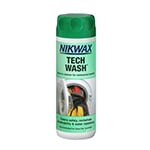
Tech washes are formulated to wash technical synthetic fabrics while leaving some of their DWR intact. Some include Atsko® Sport-Wash, Nathan® Sport Wash, Grangers® Tent + Gear Wash, GearAid® Revivex.
HOW TO WASH YOUR TENT
- Fill the tub with enough cool water to completely submerge the tent body and rainfly.
- Add a small amount of soap. The tent’s size and the type of dirt will dictate how much.
- Agitate the water by hand. Turn the canopy/mesh inside out to remove dirt from pockets, gear lofts and corners.
- Knead the tent, pushing down and swishing it around for about 5 minutes to ensure water reaches the nooks and crannies.
- Let the tent soak for 20 minutes, then repeat the agitation cycle.
- Lift the tent and fly from the tub and observe the water. If the water’s brown, drain it, squeeze the water out of tent—do not twist it out—refill the tub and repeat the process.
- When washing is done, fill the tub with clean water and rinse the tent and fly in the same manner.
- Hang the clean tent over the shower rod, drape it over a clothes-drying rack, or lay it on a clean surface. Avoid sharp corners and edges. Do not hang the tent by its corners because this puts stress on the fabric.
- Ensure the fabric is “bone dry” before storing it away. “I personally leave my tent hanging and flip it inside out and over for at least five days,” Andy says.
REAPPLY DWR (DURABLE WATER REPELLENT)
Whether or not you’ve opted to use a tech wash, you’ll want to revive your tent’s DWR. Andy prefers Revivex® by GearAid®.
- After washing, set the tent up and the fly and let them sit until they’re damp (not fully wet).
- Spray the DWR on one panel at a time of the tent body and the rainfly and use a sponge to spread it over the fabric and seams evenly. Mop up drips and continuously wipe it until it starts to dry and set. (Try to avoid spraying it on the mesh.)
- To access the floor of the tent, roll the tent on its side.
- Let it dry fully before storing your tent.
How to clean a tent with mold / how to clean a tent that smells
Storing your tent wet can quickly lead to mold and the offensive smells mold produces. Unfortunately, washing a tent does not remove mold. Prevention is your best cure. Ensure your tent is absolutely dry before storing it. Even hot, dry adventures can produce subtle moisture or condensation inside the tent. Dry your tent out after every trip. Small steps like this make a big difference toward extending the lifespan of your tent.
Removing sap from a tent
Sap is a sticky subject (ba dum tsss). It’s hard to remove without harsh measures that do damage to your tent. Using a ground cloth/footprint helps protect against sap. If you do pick up a glob, start by spot cleaning with dish soap, before moving to mild chemicals. Removal chemicals and alcohol will strip the DWR and can weaken the fabric. Repeated picking and scratching in one area will likely weaken the fabric perhaps more so than even mild chemicals.
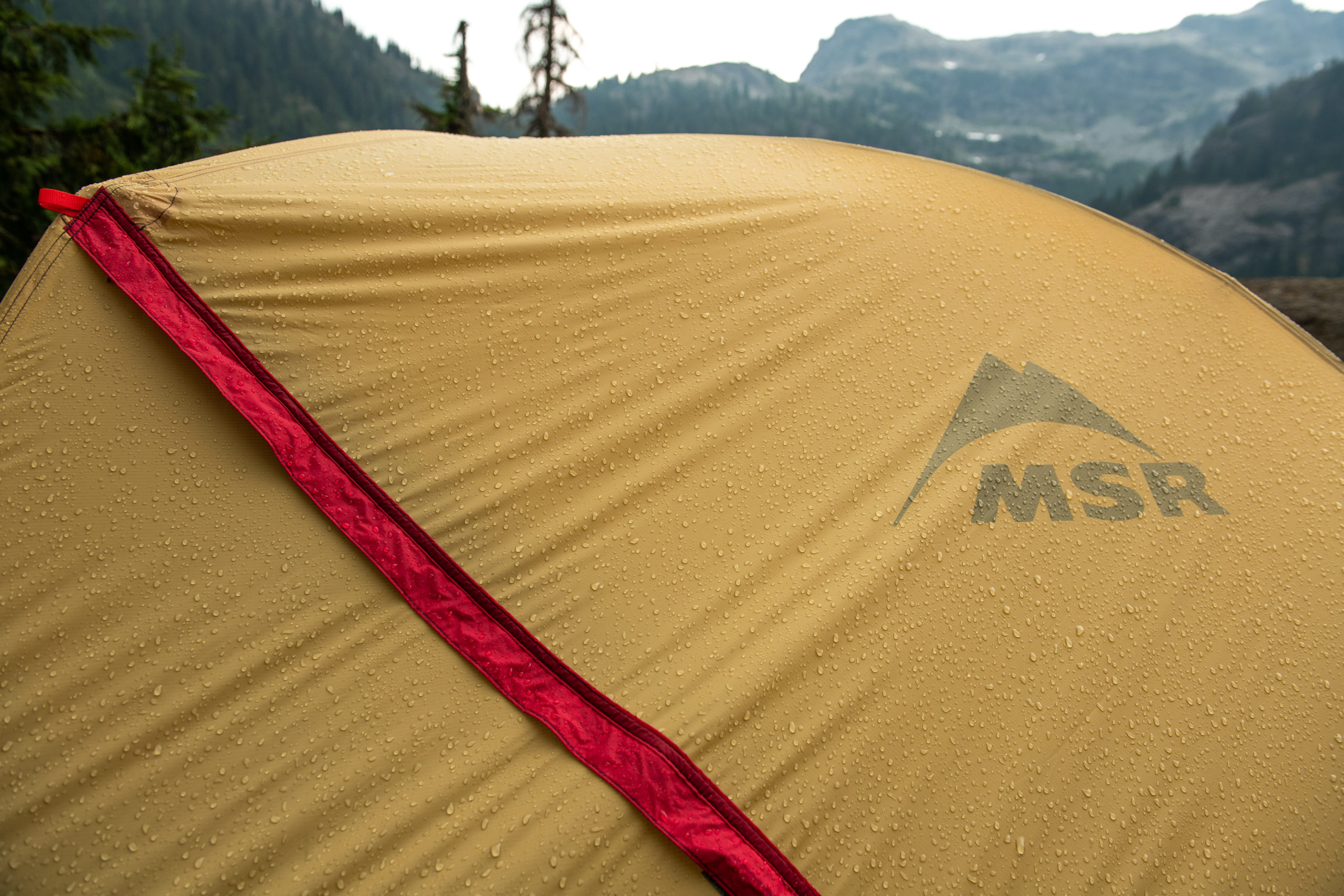
The technicians in MSR’s Seattle Repair Shop hold a wealth of knowledge. Here are a few more articles that share their expertise:

